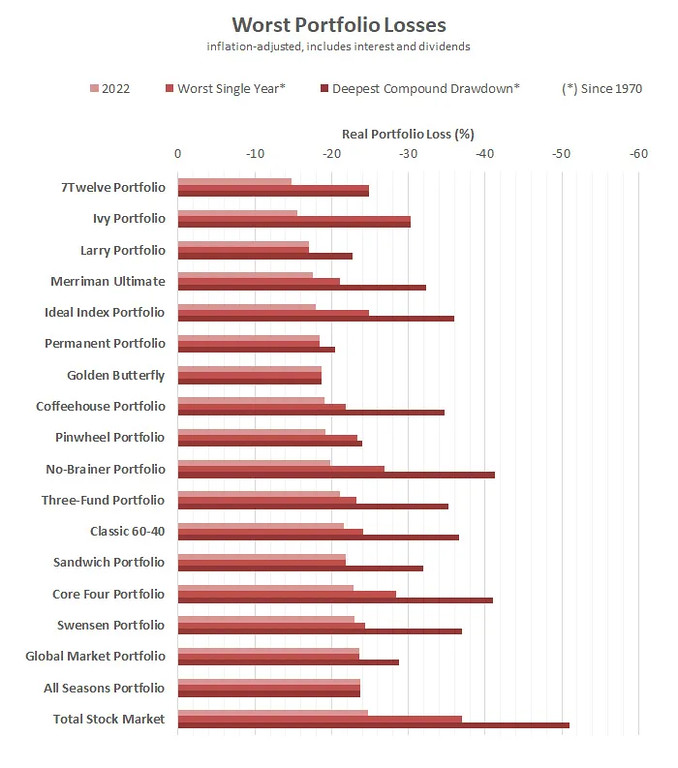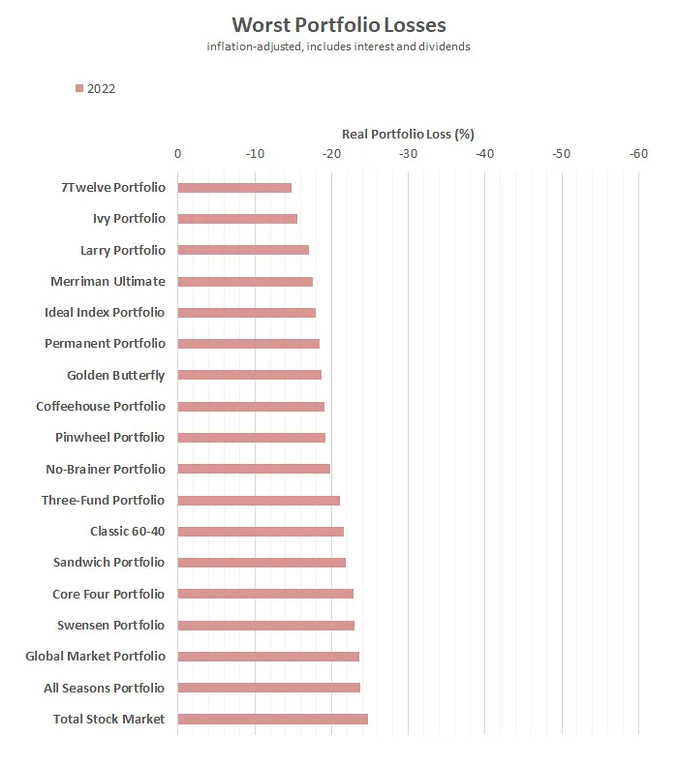I am 54 and have been FI for many years and manage my own finances. I do not even own mutual funds and only own individual stocks and individual bonds which I analyze and buy. Approximately 30% of my investable assets are in muni bonds. Of them approximately 25% have 13-17 year durations. I do not go past 17 years but over the past 7 years my muni bonds have done well. And I always know that if I hold to maturity I get my full principal back (borrowing a rare default).
In this environment it has been hard rolling over maturing 5-6% tax free bonds to 2030 durations with a 3.5-3.8% tax free yield. However, I continue to do so. You do not need to follow anyone's advice to the letter, but nobody knows where interest rates are going. Virtually every pundit has gotten it wrong. For the past 5 years how many times have we heard "interest rates are about to rise......" I have no doubt that they will but the real question is when. To me it makes sense to obtain these yields (3.5-4.0% tax free) for a portion of my portfolio even if rates do rise. When they do I will rollover other maturing bonds. Just my opinion and sharing what I do.
In this environment it has been hard rolling over maturing 5-6% tax free bonds to 2030 durations with a 3.5-3.8% tax free yield. However, I continue to do so. You do not need to follow anyone's advice to the letter, but nobody knows where interest rates are going. Virtually every pundit has gotten it wrong. For the past 5 years how many times have we heard "interest rates are about to rise......" I have no doubt that they will but the real question is when. To me it makes sense to obtain these yields (3.5-4.0% tax free) for a portion of my portfolio even if rates do rise. When they do I will rollover other maturing bonds. Just my opinion and sharing what I do.



